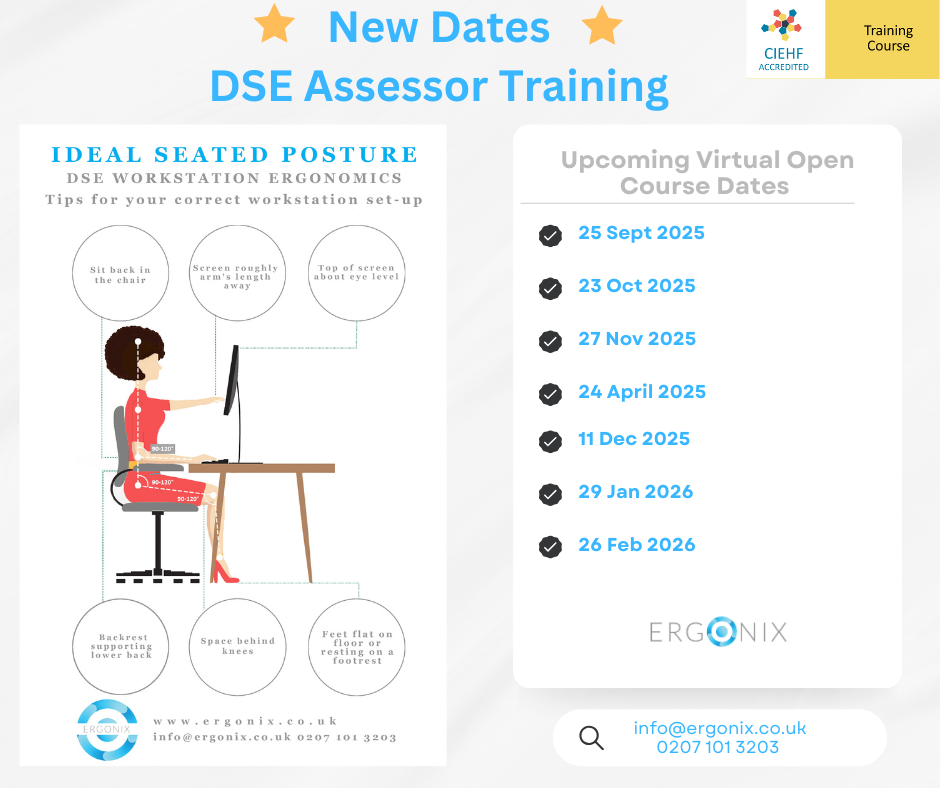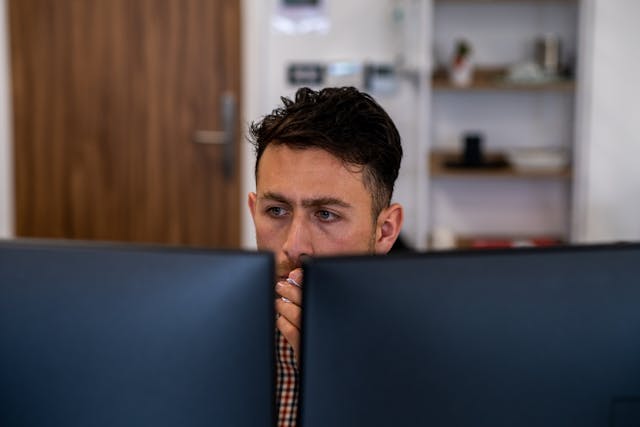
Migraine – a word that strikes fear in to the millions of people who suffer from this sometimes debilitating condition. But what exactly is a migraine? It is more than a headache – it can cause excruciating head pain, disturbed vision, sensitivity to light, sound and smells, feeling sick and vomiting.
Migraines can have a huge impact on your family, social lives and work and, in fact, migraines are most common among adults of working age.
So how do you stop them from affecting your working life? To mark Migraine Awareness Week, from 1st to 7th September, here we have some of the key triggers of migraines within the office environment and our top tips about how you can help to prevent or ease attacks at work:
Computer screens
The bright, artificial light from a computer screen can cause eye strain and tension, which are a common cause of migraines. Simple solutions can include turning down the brightness on the screen, moving further away from the screen and looking away as often as possible to give your eyes that all-important break.
Desk set up
If you have a desk job, the ergonomics of your desk are more important than you think. Even moving you computer screen to an appropriate level can help by reducing neck strain, as can the position of your chair, keyboard and mouse to ensure the correct posture. Holding your phone correctly can also help, making sure you don’t wedge it between your shoulder and neck (however tempting it might be!) but sit with your back, neck and head straight, holding it to your ear with one hand.
Hunger/dehydration
It’s easy when you’re busy at work to forgot to take even five minutes for a drink or a bite to eat. But letting yourself get hungry or dehydrated is one of the worst things you can do when you’re prone to migraine attacks. Make sure you regularly drink water – take a bottle in to work from home to keep on your desk in front of you. You’re more likely to drink it if it’s staring you in the face! Do the same with food. Pack a healthy lunch and snacks so you’re not tempted to reach for the sugary treats to give you a quick energy boost – those can be a migraine trigger in their own right.
Stress
Stress can be one of the biggest risk factors of migraines, particularly if you work in a highly demanding role, so sufferers need to find ways to minimise stress-related triggers as much as possible. Make a priority list so you can tackle your workload accordingly rather than trying to do everything at once and share your workload if you can. Take regular breaks and go out for a walk at lunch time to get some fresh air. Take time off as well. People won’t think any less of your for taking your entitled annual leave – you need it as much as the next person!
So, there are some simple steps you can take to minimise the risk of migraine attacks in your workplace. However, it may, on occasions, have an impact on your ability to do your job. But what’s important is that you speak to your employer – they can’t provide you with support if they don’t know or understand your condition. They have a duty of care to ensure your health and well-being in the workplace, so don’t be afraid to open up – you’ll be surprised just how much talking about it can help.







